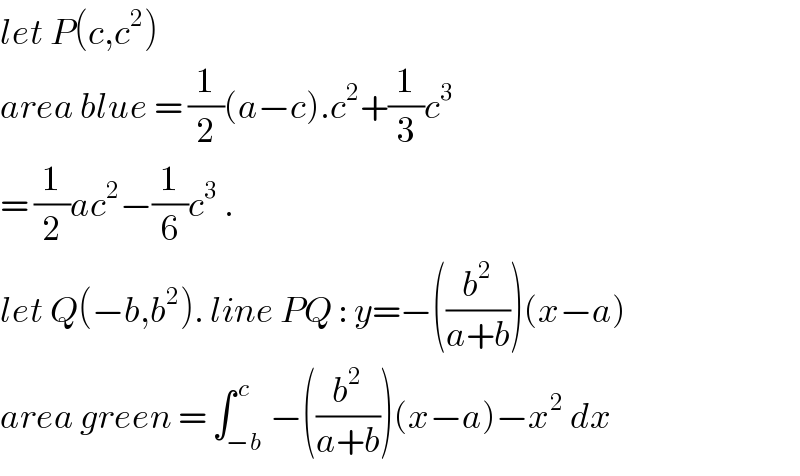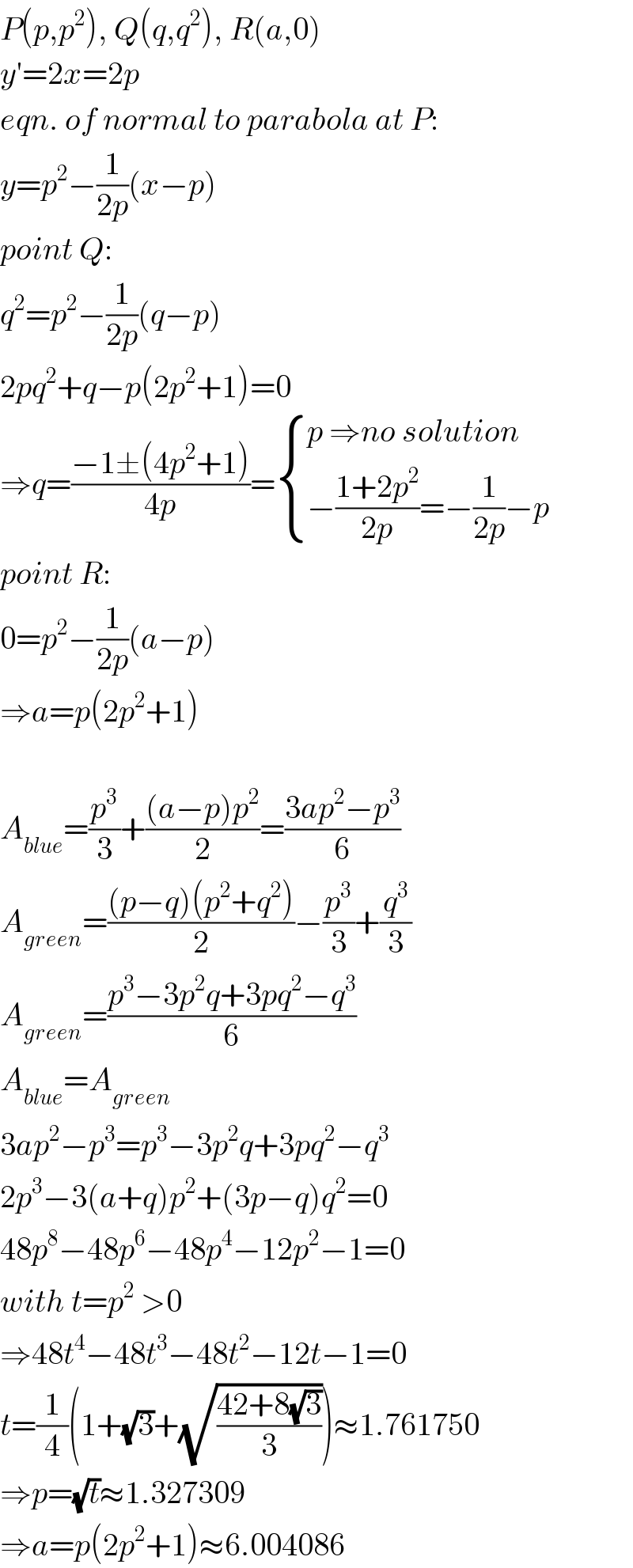
Question and Answers Forum
Question Number 80550 by ajfour last updated on 04/Feb/20

Commented by ajfour last updated on 04/Feb/20

Answered by mr W last updated on 04/Feb/20

Commented by jagoll last updated on 04/Feb/20

Commented by ajfour last updated on 04/Feb/20

Commented by mr W last updated on 04/Feb/20

Commented by john santu last updated on 04/Feb/20

Commented by ajfour last updated on 04/Feb/20

Commented by mr W last updated on 04/Feb/20

Commented by mr W last updated on 04/Feb/20

Commented by TawaTawa last updated on 04/Feb/20

Commented by ajfour last updated on 04/Feb/20

Commented by ajfour last updated on 04/Feb/20

